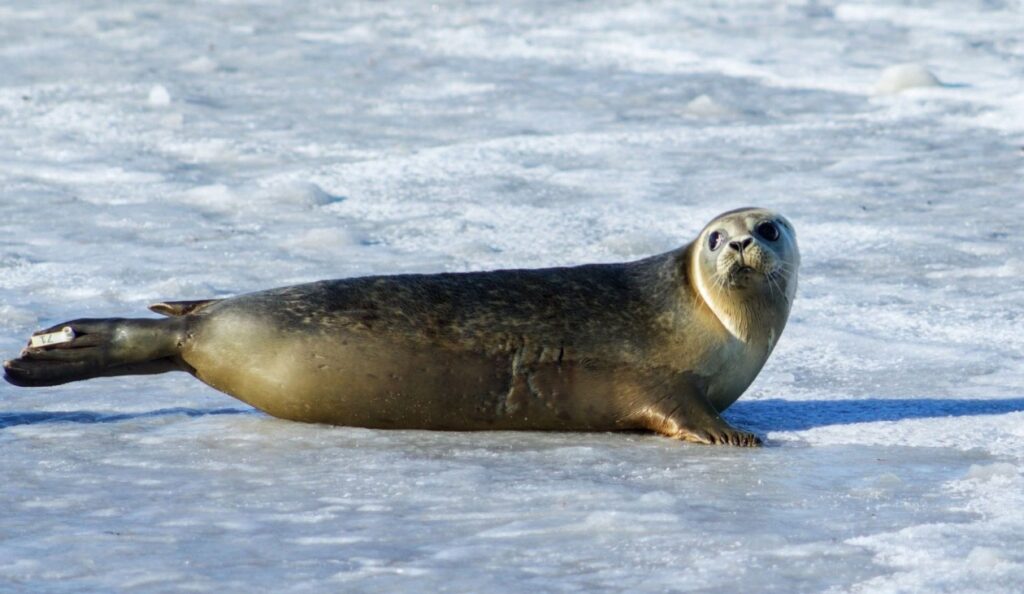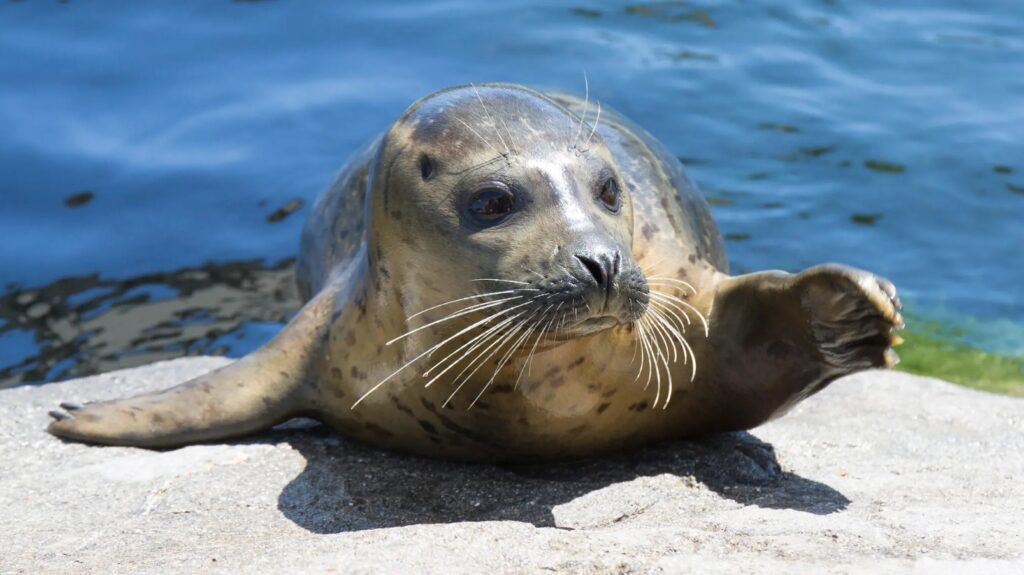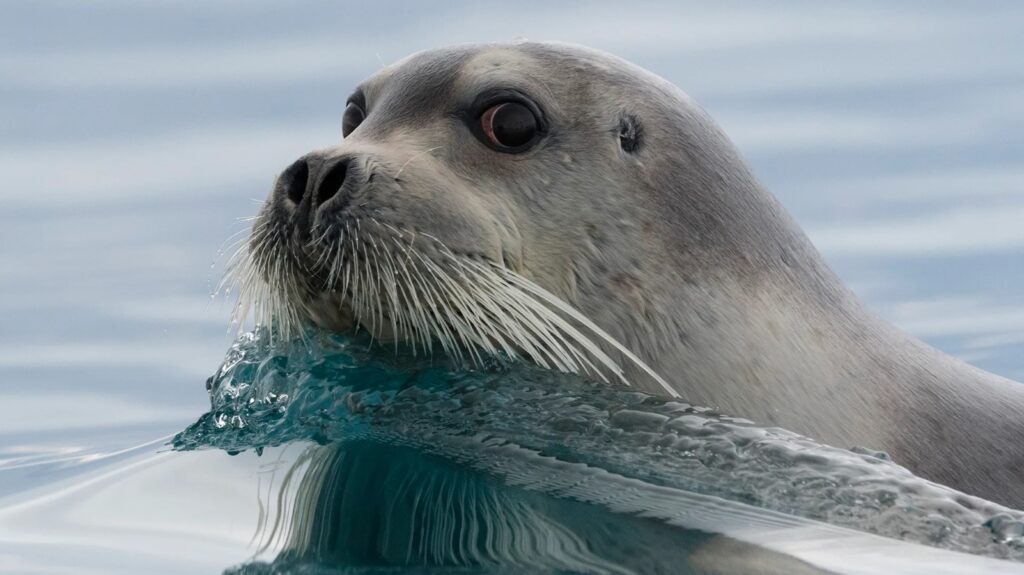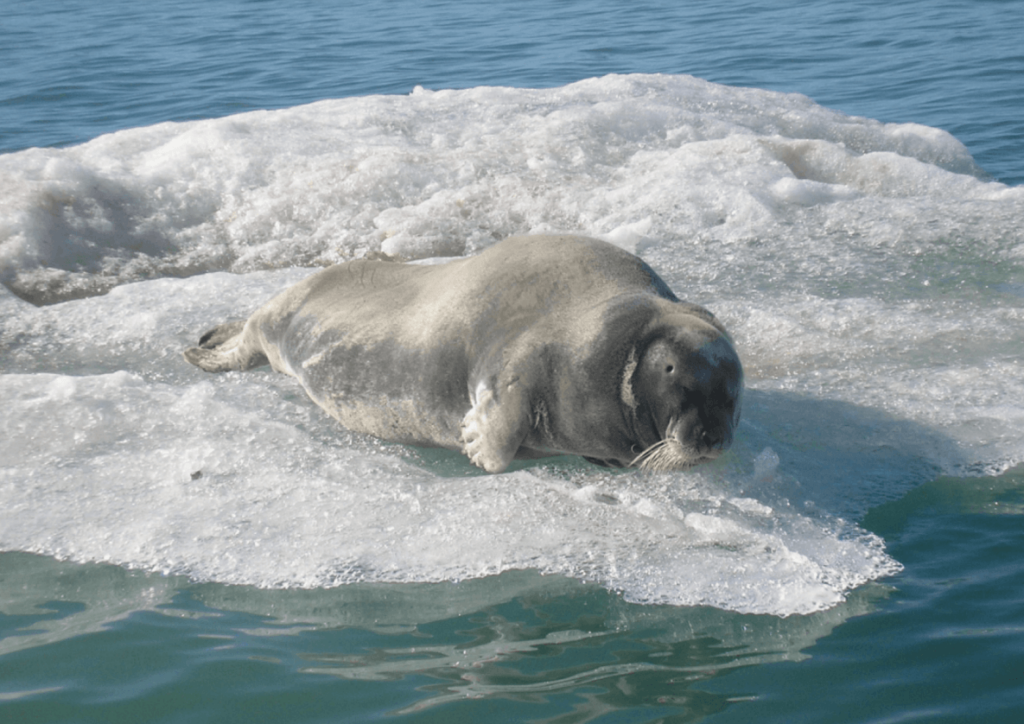Seals are among the most captivating marine animals, known for their playful personalities, sleek bodies, and unique adaptations to life in the water. Found in oceans across the world, these marine mammals play vital roles in their ecosystems and captivate people everywhere. Let’s dive into the world of seals and uncover some intriguing facts that make them so extraordinary.

- Seals Are Expert Swimmers with Streamlined Bodies
Seals are built for life in the water. Their streamlined bodies and flippers allow them to glide through the ocean with ease, reaching speeds of up to 25 miles per hour. Their back flippers work like rudders to steer, while their front flippers help with propulsion, making seals efficient and agile swimmers.
- Unique Diving Abilities to Reach Impressive Depths
Seals are known for their impressive diving abilities. Some species, like the elephant seal, can dive as deep as 2,000 meters (over 6,500 feet) and stay underwater for up to two hours! They have adapted to store oxygen in their muscles, slowing their heart rates during dives, which conserves energy and allows them to stay submerged longer.
- Blubber Provides Warmth in Cold Waters
To survive in cold ocean waters, seals rely on a thick layer of blubber beneath their skin. This blubber not only insulates them from frigid temperatures but also acts as an energy reserve during periods when food is scarce. This adaptation allows seals to thrive in icy regions, including the Arctic and Antarctic.

- Seals Use Their Whiskers for Hunting
A seal’s whiskers, or “vibrissae,” are incredibly sensitive and help them locate prey underwater. These whiskers detect vibrations and movements in the water, allowing seals to hunt fish, squid, and crustaceans, even in dark or murky conditions. Their acute sense of touch gives them a significant advantage, making them skilled hunters.
- Seal Pups Are Born on Land
Most seals give birth on land or ice. Seal pups are born with a fluffy, white coat, which provides some insulation but isn’t waterproof. As they grow, they develop a dense, waterproof layer of fur, enabling them to explore the water alongside their mothers. Seal mothers are highly protective of their pups, nurturing them for weeks or months until they’re ready to swim and hunt on their own.
- Different Species with Unique Traits
There are over 30 species of seals, each with unique characteristics. For example:
- Harp Seals: Known for their distinctive harp-shaped markings, they are commonly found in the North Atlantic and Arctic oceans.
- Elephant Seals: The largest of all seals, with males weighing up to 4,500 pounds. They are known for their large, trunk-like noses, which help amplify vocalizations.
- Leopard Seals: Found in the Antarctic, these are known as skilled predators with powerful jaws and sharp teeth, allowing them to feed on fish, squid, and even penguins.
7. Social Creatures with Communication Skills
Seals are social animals, often found in groups, called colonies, or “haul-outs,” where they gather to rest, mate, and raise their young. Seals communicate through a range of sounds, including barks, grunts, and even clapping their flippers. Male seals, especially during mating season, may become quite vocal to establish territory or attract mates.

- Important Roles in Marine Ecosystems
As predators, seals play a vital role in maintaining the balance of marine ecosystems. By preying on fish and other sea creatures, they help regulate populations, which supports the health of their ocean habitats. In turn, they serve as prey for larger marine predators, such as sharks and orcas, contributing to a balanced food web.
- Facing Conservation Challenges
While seals are protected in many parts of the world, they face threats from habitat loss, pollution, and climate change. Melting ice in the Arctic and Antarctic affects seal habitats, limiting breeding and resting areas for species like harp seals and leopard seals. Additionally, pollution, entanglement in fishing nets, and illegal hunting pose dangers to seal populations. Conservation efforts are essential to protect these remarkable animals and ensure their survival.
- Seals Are Remarkably Intelligent
Seals are known for their intelligence and adaptability. In captivity, seals have been trained to perform complex tasks and even solve puzzles. This intelligence also serves them well in the wild, as they learn to adapt to different hunting methods, avoid predators, and find food sources.

Conclusion: Discovering the Wonders of Seals
Seals are more than just adorable marine mammals; they are sophisticated, resilient creatures with unique adaptations that allow them to thrive in some of the world’s most extreme environments. From their remarkable diving abilities to their role in balancing marine ecosystems, seals continue to fascinate scientists and animal lovers alike.
By understanding and appreciating seals, we are reminded of the wonders of marine life and the importance of conserving our oceans and their inhabitants. So, the next time you see a seal on the beach or in a documentary, remember these incredible facts and the remarkable lives these creatures lead beneath the waves.
